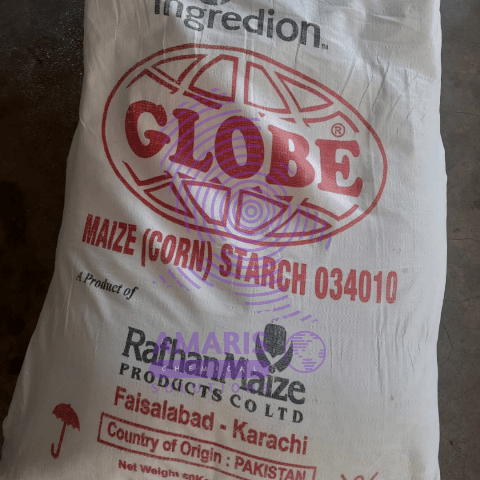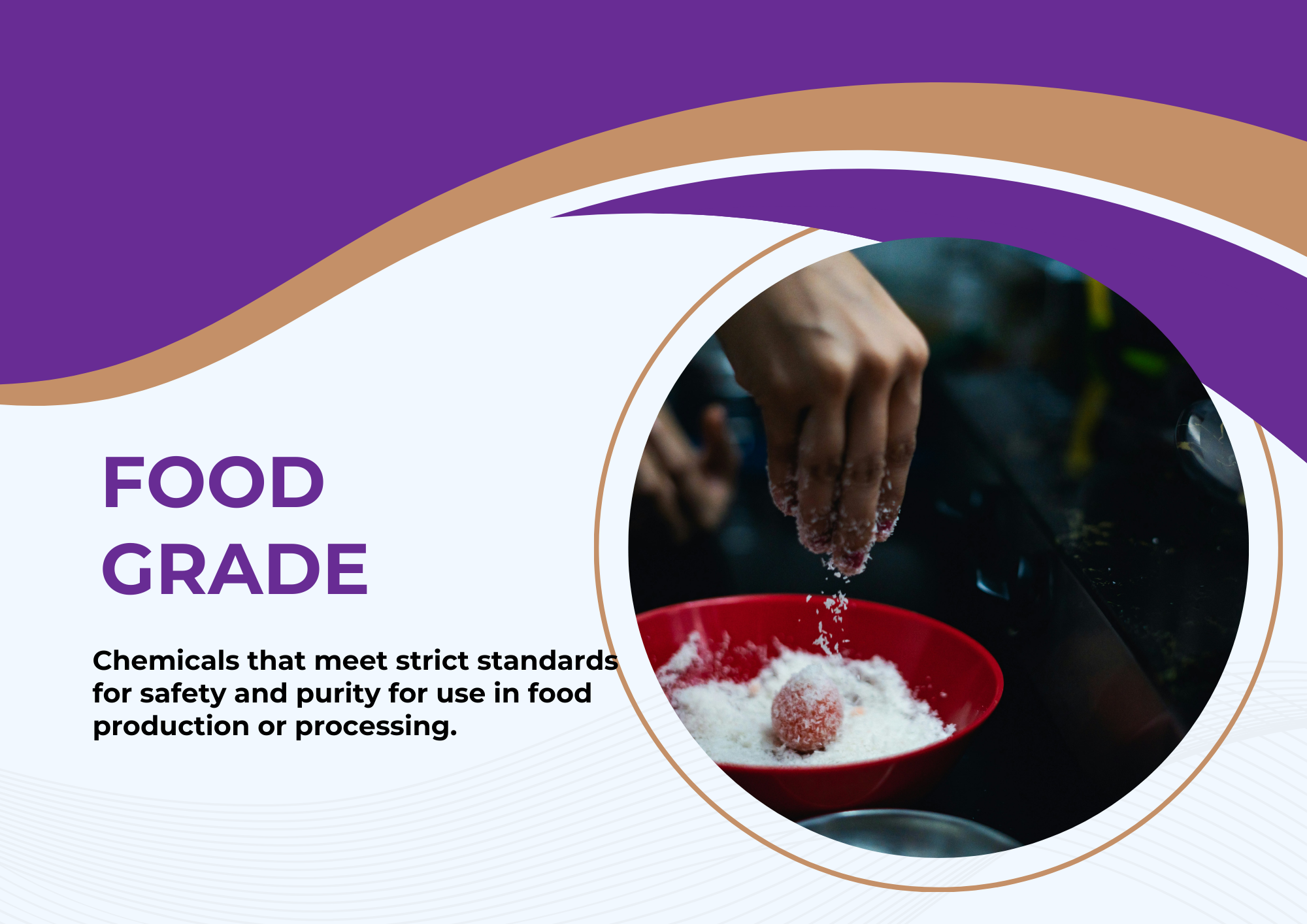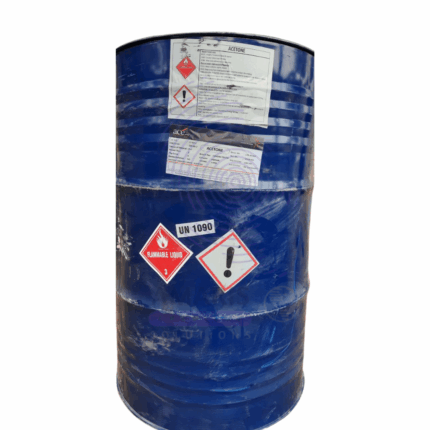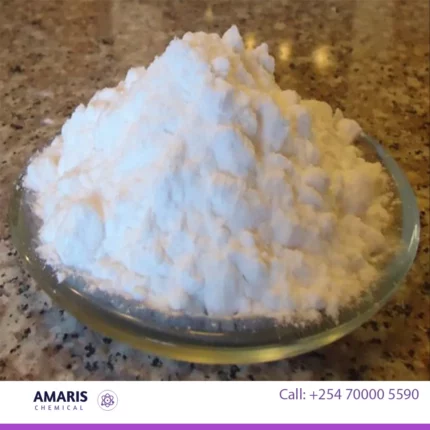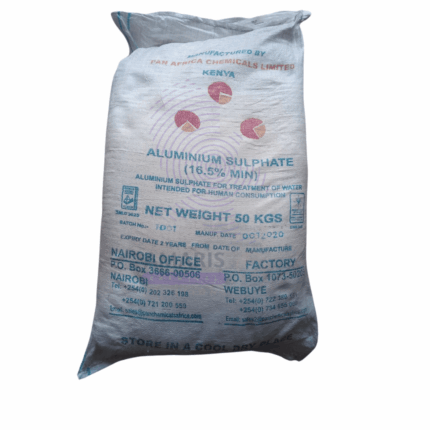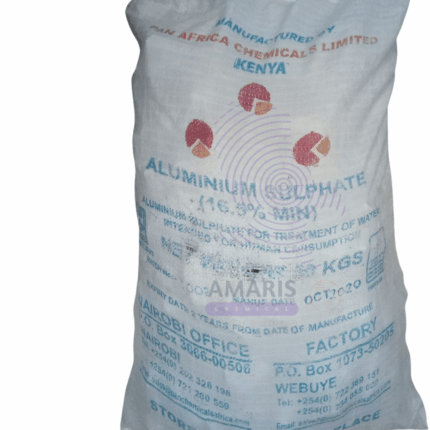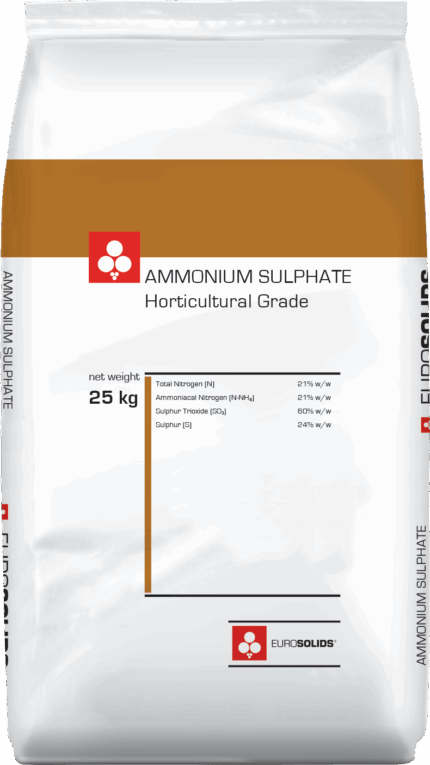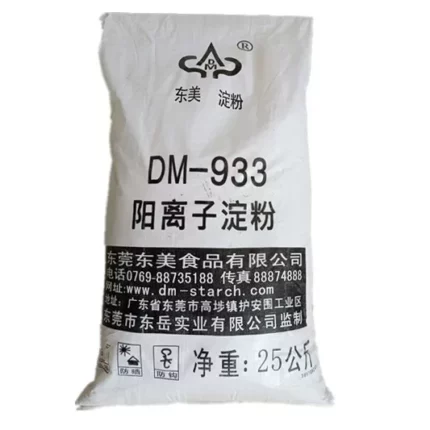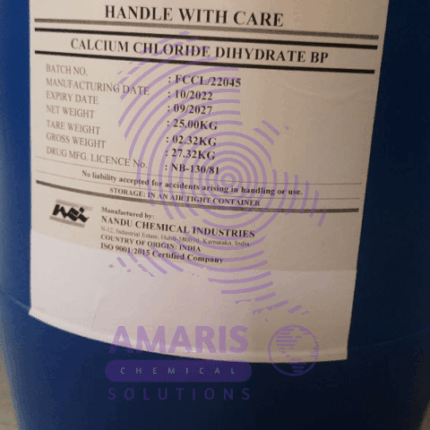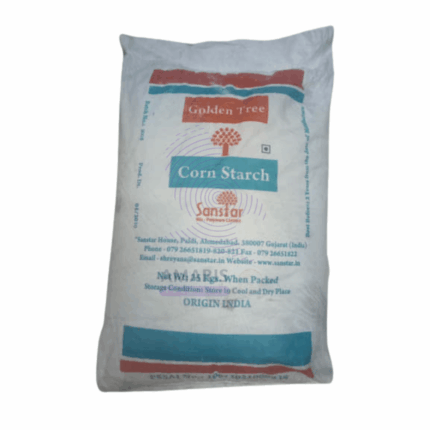
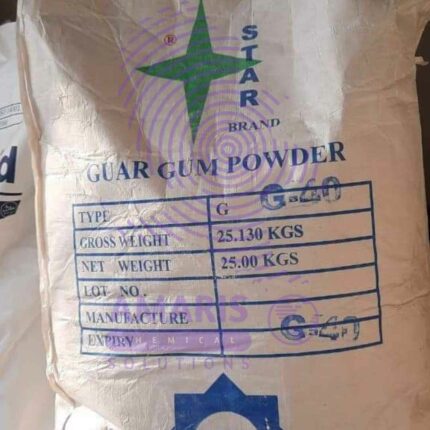
Corn Starch (food grade)
KSh8,000.00 Original price was: KSh8,000.00.KSh7,500.00Current price is: KSh7,500.00.
Corn Starch (food grade) is a fine, powdery substance derived from the endosperm of corn kernels. It is commonly used as a thickening agent in cooking and baking, as well as in other industries such as papermaking, textiles, and adhesives. Corn starch has a neutral flavor and a translucent appearance when mixed with liquid, making it a versatile ingredient in many recipes.
Corn Starch (food grade) Uses
Primary Uses of Corn Starch (Food Grade)
1. Food & Beverage Industry
- Thickening Agent:
- Used in soups, sauces, gravies, and puddingsto enhance texture.
- Provides a smooth, gel-like consistency when heated.
- Baking & Confectionery:
- Prevents crumbling in cakes, cookies, and pastries.
- Used in gluten-free bakingas a wheat flour substitute.
- Dairy Products:
- Stabilizes yogurts, ice creams, and custards.
- Meat Processing:
- Acts as a binder in sausages, nuggets, and deli meats.
- Fried Foods:
- Creates a crispy coating for fried chicken, tempura, and snacks.
2. Baby Food & Nutritional Products
- Used as a mild thickener in infant formulas and porridges.
3. Pharmaceutical & Nutraceutical Applications
- Tablet Binder: Helps hold pills together.
- Powdered Medication Carrier.
Secondary Uses of Corn Starch (Non-Food Applications)
1. Biodegradable Packaging
- Used in eco-friendly plastics and disposable cutlery.
2. Paper & Textile Industry
- Paper Coating: Improves smoothness and printability.
- Fabric Sizing: Strengthens yarns during weaving.
3. Adhesives & Glues
- Base for non-toxic, water-based adhesives(e.g., school glue).
4. Cosmetics & Personal Care
- Absorbent in Powders: Used in baby powder, dry shampoos, and face powders.
- Texture Modifier: Adds silkiness to lotions and creams.
5. Industrial Applications
- Oil Drilling: Acts as a viscosifier in drilling fluids.
- Biodegradable Lubricants.
6. Household Uses
- Stain Remover: Lifts grease stains from fabrics.
- DIY Slime & Crafts.
| COUNTRIES OF ORIGIN |
PAKISTAN |
|---|---|
| APPEARANCE |
Powdery – Fine, dry particles e.g., baking soda |
| AVAILABLE PACK SIZE |
25kg( Metal or Plastic Jerrycan/ Bucket, Bag, Box, Polythene bag, Carton bag) |
1. Basic Identification Attributes
- Chemical Name (IUPAC):α-D-Glucopyranosyl-(1→4)-α-D-glucopyranose polymer
- Common/Trade Names:Corn starch, maize starch, food starch
- CAS Number:[9005-25-8]
- HS Code:12.00 (Maize/corn starch)
- Molecular Formula:(C₆H₁₀O₅)ₙ (n = 300-1000)
- Synonyms:Amylum maydis, Zea mays starch
2. Physical & Chemical Properties
- Physical State:Fine white powder
- Color & Odor:Pure white; odorless when dry
- Melting Point:Decomposes at 256-258°C (493-496°F)
- Bulk Density:45-0.55 g/cm³
- Solubility:
- Cold Water:Insoluble (forms suspension)
- Hot Water:Forms translucent paste at >62°C (gelatinization)
- Organic Solvents:Insoluble in ethanol, ether
- Moisture Content:10-13% (as packaged)
- pH Level:5-7.0 (10% slurry)
- Viscosity:
- 5% paste: 300-800 cP (Brookfield, 25°C)
- Gel strength: 200-600 g/cm² (after gelatinization)
- Swelling Power:10-20 g/g (at 95°C)
- Amylose Content:25-28% (typical food grade)
3. Safety & Hazard Attributes
- Hazard Class (GHS):Not classified (non-hazardous)
- NFPA Ratings:
- Health:0
- Flammability:1 (dust explosion risk)
- Reactivity:0
- Exposure Limits:
- OSHA PEL:15 mg/m³ (total dust)
- ACGIH TLV:10 mg/m³ (respirable fraction)
- Dust Explosion Parameters:
- MIE: 20-50 mJ
- MEC: 30-50 g/m³
- Kst: 100-150 bar·m/s (St Class 1)
4. Storage & Handling Attributes
- Storage Conditions:
- Temperature: <25°C
- Humidity: <65% RH
- Shelf Life: 24 months in original packaging
- Packaging Types:
- Multi-wall paper bags (25/50 lb)
- Bulk sacks (1,000-1,500 lb)
- Food-grade PE-lined containers
- Special Handling:
- Ground all equipment (static electricity control)
- Use dust collection systems
- Avoid creating dust clouds
5. Regulatory & Compliance Attributes
- Food Standards:
- FDA:21 CFR 184.1444 (GRAS)
- EU:E1404 (Modified starch)
- CODEX:STAN 152-1985
- Certifications:
- Kosher/Halal available
- Non-GMO verification (when applicable)
- FSSC 22000/ISO 22000
- Allergen Status:Gluten-free when processed appropriately
6. Functional & Nutritional Properties
- Nutritional Value (per 100g):
- Calories: 381 kcal
- Carbohydrates: 91g (of which sugars 0g)
- Protein: 0.3g
- Fat: 0.1g
- Functional Characteristics:
- Thickening begins at 62-72°C
- Maximum viscosity at 92-95°C
- Retrogradation occurs at 4-40°C
- Modification Types (Food Grade):
- Acid-thinned (E1401)
- Oxidized (E1404)
- Acetylated (E1420)
Personal Protective Equipment (PPE):
- Dust Mask (NIOSH N95)– If handling large quantities to avoid inhalation.
- Safety Goggles– To prevent eye irritation from dust.
- Gloves (Optional)– Not usually required but useful for hygiene in food processing.
Handling & Storage:
- Avoid Dust Clouds– Use slow pouring or mechanical dust suppression.
- Store in a Cool, Dry Place– Prevents moisture absorption and clumping.
- Keep Away from Open Flames– Combustible in powder form (dust explosion risk).
Inhalation (Dust):
- Move to fresh air.
- If breathing difficulty occurs, seek medical attention.
Eye Contact:
- Rinse with lukewarm water for 15 minutes.
- Seek medical help if irritation persists.
Skin Contact:
- Wash with soap and water (no significant hazard).
Ingestion:
- Not hazardous; drink water if needed.
Flammability:
- Combustible as a dust cloud(can cause explosions in enclosed spaces).
Extinguishing Media:
- Water spray, CO₂, dry chemical, or foam.
- Avoid high-pressure water jets(disperses dust, increasing explosion risk).
Firefighting Precautions
- Wear SCBA (self-contained breathing apparatus)in enclosed areas.
- Use explosion-proof equipmentin case of large fires.
Spill & Leak Response
- Small spills:Sweep or vacuum (with explosion-proof vacuum if large amounts).
- Large spills:Dampen with water to reduce dust before cleanup.



 LABORATORY EQUIPMENT & APPARATUS
LABORATORY EQUIPMENT & APPARATUS
 Fertilizers
Fertilizers Plant Growth Regulators
Plant Growth Regulators Soil Conditioners
Soil Conditioners Animal Feed Additives
Animal Feed Additives Biostimulants
Biostimulants Dough Conditioners
Dough Conditioners Flour Treatments
Flour Treatments Fat Replacers
Fat Replacers Preservatives (baking)
Preservatives (baking)
 Surfactants (cleaning)
Surfactants (cleaning) Builders
Builders Bleaching Agents
Bleaching Agents Enzymes
Enzymes Solvents (cleaning)
Solvents (cleaning) Fragrances
Fragrances

